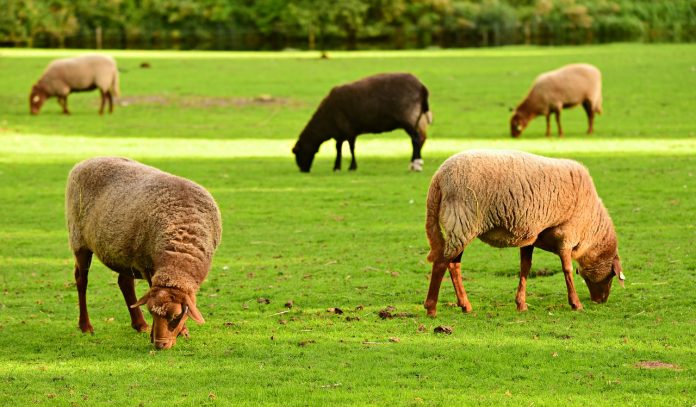Spring has arrived. The birds are chirping, daffodils are blooming and nature is greening. Well, that might not always be good. Many of our invasive and toxic plants are the first to start growing. This is what gives them a competitive advantage. They get a head start and hog all the resources, including soil nutrients, moisture and, most of all, sunlight.
Heading out into my hog and goat pasture, I already see buttercup, lesser celandine, poison hemlock and multiflora rose growing nicely. I know the goats will do a nice job on controlling the roses. They ignore the buttercup and poison hemlock and even daffodils because they are not very palatable.
Farmers run into problems when these are the only green plants out in the pasture. A hungry or curious animal may try something that they might not otherwise eat. This is where the danger comes in.
Danger
It is tempting to look out into the pasture, see a field of green, and let the animals out to start grazing. This is especially true after a long winter of feeding hay. There are two types of danger to consider.
The first danger is that animals may slowly start to starve for lack of nutrition, if they are let out into a pasture of unpalatable plants. This may be hard to notice as the livestock start slowly losing weight, birth weights may be lower and nursing animals may not be getting all the nutrition they need. A farmer who has been keeping up with body condition scores may catch this a little sooner.
The other type of danger is poisoning. This is usually a little easier to diagnose, as you will probably find a distressed or dead animal.
Depending on the amount and type of poisoning, the animal may need immediate veterinary attention. Remember, though, vets cannot be everywhere at once, and you may have a long wait before they can get to you. And there’s not much you can do for a dead animal.
What should you do prevent problems?
Inventory
First, take a pasture inventory. Walk through your pastures. Make note of what is growing.
My quick method is to count my steps. Every 10 steps, I look down and identify what is touching my toe, even if it is bare ground. Do this until you have 100 points recorded. That will be 1,000 steps.
If most of the vegetation is noxious or invasive, keep the livestock out of the pasture until you can get things straightened up.
If you are not sure about identification, pull out your phone and take a picture. On your inventory, write “unknown weed.” Later, you can pull out your weed identification guide, look online, send the pictures to your county extension education for help, or have your county extension come out to the farm to walk through the pasture with you.
Plan
The next step is to make a weed control plan. Some weeds can be controlled early when they are less than four inches tall. Others are better controlled at flowering stage. Some weeds, like poison hemlock, can be controlled at either stage, but using different methods.
Many of our early spring weeds actually started growing last fall. By the time you see them blooming, it may already be too late for control until the they start growing again in the fall.
Use hay. Finally, don’t be too quick to take your livestock off of hay. This may still be the most nutritious food that they have to eat.
As they say, “Everything that glitters is not gold,” and everything that is green may not be edible. Take the time to inventory your pastures and control your weeds. Your livestock will be better off, and you may enjoy the spring just a little more.













